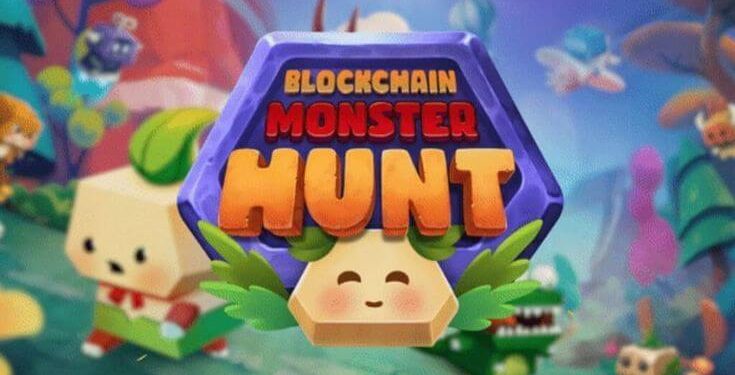The fundamentals of the software are incorporated into Scratch, a high-level visual programming language that communicates with users using diagrams and building blocks. Scratch is used to create interactive software, particularly for children, utilizing block-style user interfaces. You need to understand visual coding, types of blocks, and types of Scratch games to comprehend how to make game on scratch.
Visual Coding
Instead of coding in text, visual coding allows you to do so graphically, or “visually,” frequently by using blocks and drag-and-drop operations. With visual coding, children can quickly understand the connection between the code block they insert and the resultant action.
Presenting Scratch
Given all of that, Scratch is both a platform for creating video games and a tool for teaching children how to code. More importantly, it’s one of the best programming languages and one of the most widely used visual programming or “block-based coding” options available.
- Sprites- A Sprite is any item in Scratch, including characters like people or animals, objects used as props like a guitar, and even clickable buttons. These are all governed by the code and code blocks that we shall discuss in the following section.
Types of blocks
- Block-based coding, which Scratch uses, gives the various code blocks and their combinations complete control over how games and narratives are produced. These many kinds of blocks consist of:
- The slides, spins, moves, and other motions of a Sprite are controlled by motion blocks. This may be “Move 10 steps,” for instance, to advance the Sprite 10 steps.
- Looks blocks are used to alter a Sprite’s appearance by changing its size, color, or even by making it speak.
- A Sprite can play sounds, edit sound effects, or adjust the volume using sound blocks, which add sound effects. For instance, “Change pitch effect by 10” or “Play sound meow till finished.”
- Events blocks provide instructions to Sprites on when to begin running code.
- Control blocks are used to make looping animations or pause between events since they provide you more control over the code.
Types of Games:
- Clicker games: Players click on-screen Sprites to score points for each successful action in a clicker game. For instance, clicking tacos might be used to collect points, with the smaller and more difficult tacos earning more.
- Chase game-Control a sprite in the chase game to move it around and score points. Maybe that’s a shark chasing fish, and every time it makes contact with a fish, it scores points.
- Pong game- Everyone is familiar with the game of pong. Kids may make a basic yet entertaining pong game in Scratch by directing the paddle with the mouse and bouncing the ball back to the other team’s side.
Steps to make a game on Scratch:
With Scratch, a programmer can create a wide range of games with a variety of game-flow controls. It features enormous sets of blocks that provide the user with more options when coding games. Let’s understand how to make a game from scratch, consider the following steps:
- Create a plan first: It is the first phase of game creation. In this step, we create a plan that addresses questions such as the type of game we want to create, its subject, characters, whether it will be played by numerous players or just one player, and its degree of difficulty (easy, moderate, severe, etc.).
- Create an Objective: The game’s main action is to create an objective. Here, we set up a task for the player to fulfill.
- Plan and design the characters for your game in this step. For example, if you want to make a racing game, you’ll need a car sprite. In Scratch, we have the option of using existing sprites or making our own.
- Choose a background: A game’s background is an important component of how to make a game from scratch. Therefore, select a background that fits the game’s concept. There are many different backgrounds in Scratch; pick one that fits your needs.
- Coding: The final step is to add coding after selecting the background and sprite. Now we include a series of instructions in the sprite via which we can add movement to the sprite and control it using the various Scratch blocks.
- More features can be added, such as sound, which enhances the appeal of your game with the aid of a sound panel, among other things.
Conclusion:
Most provide an interactive platform that is perfect to understand how to make games from scratch for kids. Various coding languages are taught like Scratch, Java, and Python, which may all be learned by users. Users can gain critical fundamental knowledge while learning lessons that emphasize the value of problem-solving. Take the information that follows as a general introduction with the knowledge that you can always make changes to the creation to make it more appealing if anything seems great or like something your child would like.
Follow Techdee for more!





